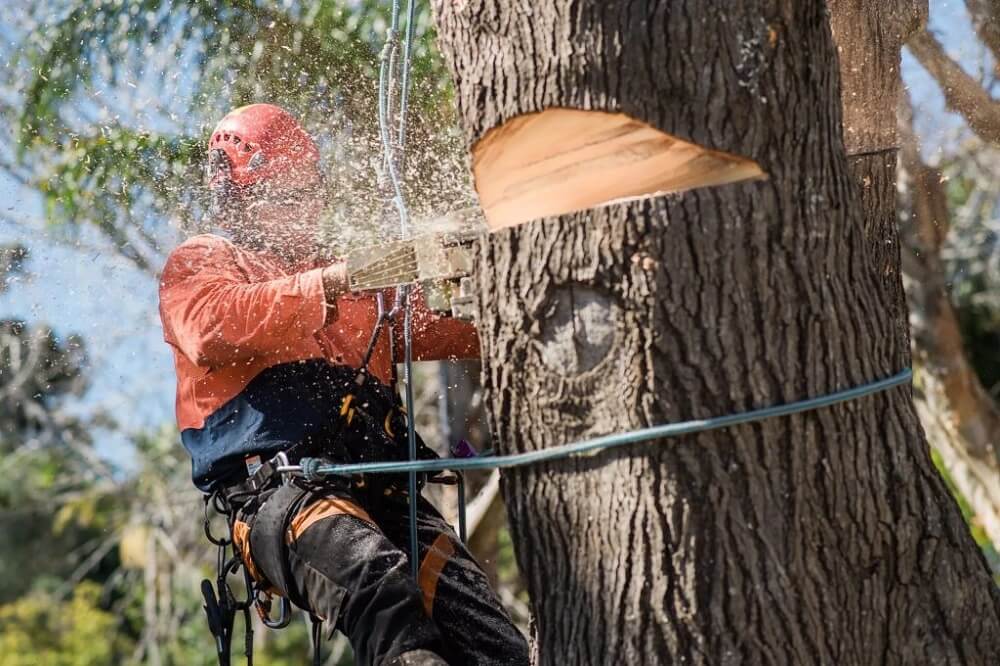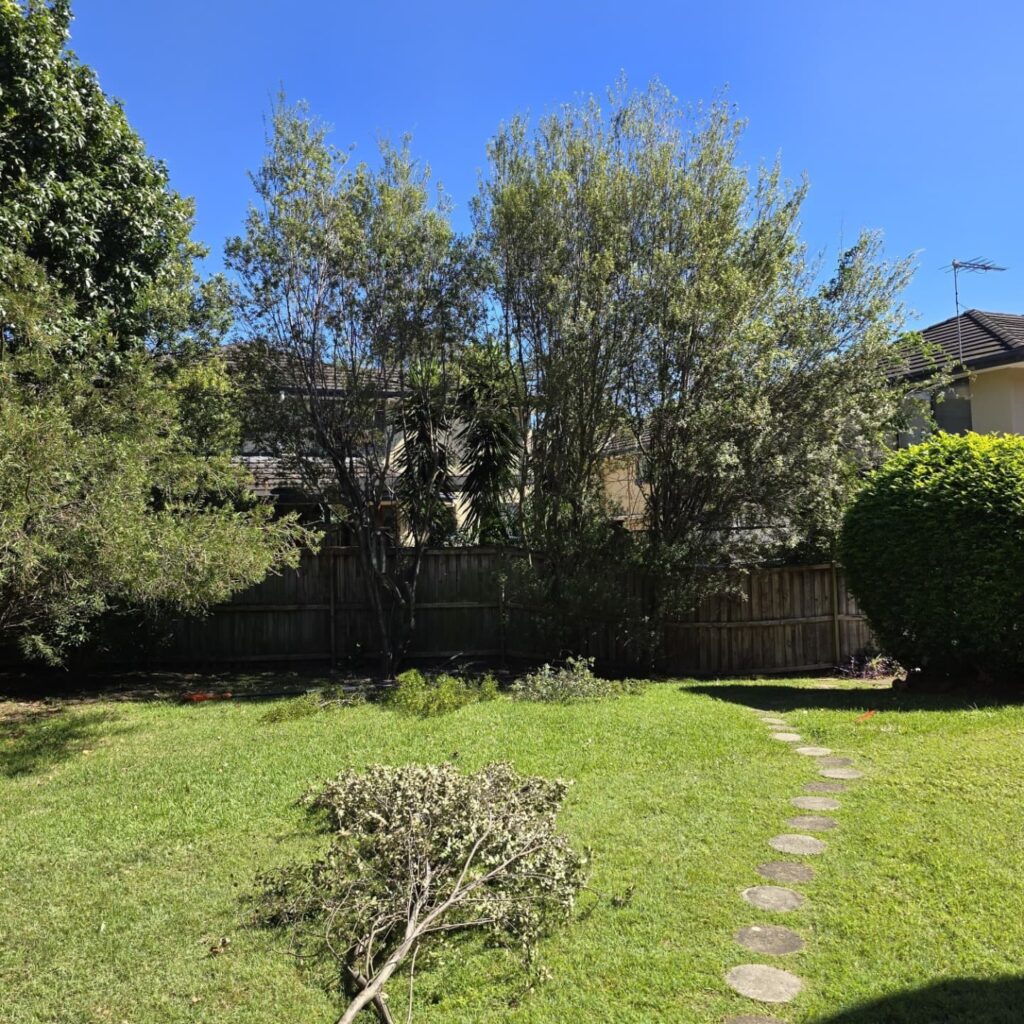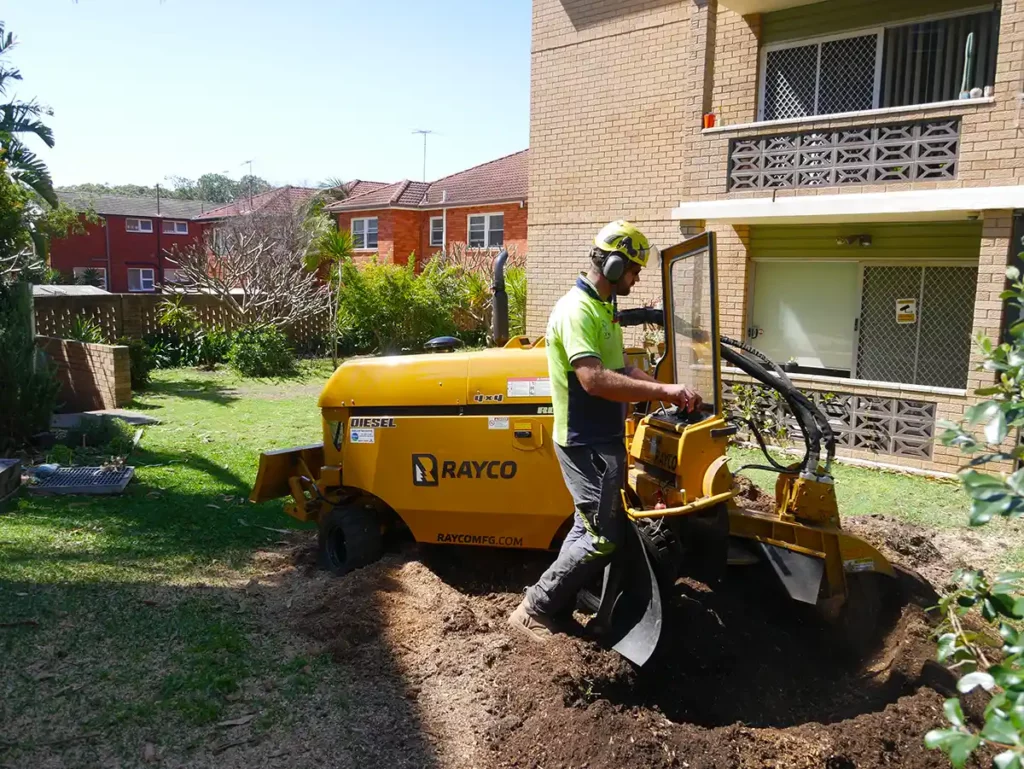What is Emergency Tree Removal and Why is it Important in Sydney?
Emergency tree removal Sydney refers to the immediate response service that addresses dangerous or fallen trees threatening public safety, property, or critical infrastructure. These specialized teams operate around the clock, dispatching qualified arborists to sites where trees have become hazardous due to sudden environmental changes or structural failure.
The importance of emergency tree removal Sydney services becomes starkly apparent during extreme weather events the city experiences with increasing regularity. When severe storms strike, trees can transform from neighbourhood assets into immediate threats within minutes. A single fallen tree can:
- Block major arterial roads, preventing emergency vehicle access
- Damage residential properties and commercial buildings
- Sever power lines, leaving thousands without electricity
- Create secondary hazards through unstable hanging branches
Severe storms and heavy winds place enormous stress on Sydney’s urban forest. Wind speeds exceeding 90 km/h can uproot mature trees with shallow root systems, whilst torrential rain saturates soil, reducing the anchor strength that keeps trees stable. Trees already compromised by disease, poor structure, or previous storm damage become particularly vulnerable during these weather events.
The rapid response capability of emergency tree removal Sydney teams prevents minor incidents from escalating into major disasters. Their 24/7 availability ensures that when extreme weather strikes—often without warning—Sydney’s communities have immediate access to professional assistance that prioritizes safety whilst minimizing disruption to daily life.

How Do Severe Storms and Heavy Winds Cause Tree Damage in Sydney?
Severe storms and heavy winds Sydney experiences create immense physical stress on trees, causing root systems to fail and structural weaknesses to become critical failures. Wind speeds exceeding 90 km/h generate forces that trees simply cannot withstand, particularly when combined with saturated soil from heavy rain that loosens root anchoring.
The most common storm damage trees sustain falls into distinct categories:
1. Uprooted Trees
Uprooted trees occur when entire root systems lift from the ground, typically affecting shallow-rooted species or trees in waterlogged soil. The root plate tears away completely, leaving a crater and exposing the underground network. These present immediate dangers as they often lean against structures or suspend precariously across roads.
2. Broken Branches and Limbs
Broken branches and limbs result from wind loading that exceeds the structural capacity of the wood. Dead or diseased branches fail first, but healthy limbs can also snap under extreme pressure. Large branch failures create hazardous situations, particularly when they remain partially attached and hanging.
3. Split Trunks
Split trunks develop when wind forces create torsional stress, causing the tree to literally tear apart along its grain. Co-dominant stems—where two main trunks compete—are especially vulnerable to splitting during heavy winds Sydney conditions.
4. Crown Damage
Crown damage manifests as stripped foliage, torn bark, and shattered smaller branches that transform healthy canopies into jagged, unstable structures requiring immediate assessment.
What Equipment Do Arborists Use for Emergency Tree Removal During Severe Weather Events?
Emergency tree removal teams operate advanced equipment specifically designed for high-risk storm situations. These arborists respond quickly to dangerous scenarios where standard methods may be ineffective or pose additional risks. Such scenarios often require immediate action, which is where their expertise and specialized tools come into play.
The Key Tool: Knuckle Boom Crane with Grapple Saw
The main tool used in modern emergency operations is the knuckle boom crane with integrated grapple saw. This advanced machinery offers several benefits:
- Extended reach capabilities – accessing trees up to 30 metres high without needing to be close to the ground
- Precision grapple attachments – securing unstable branches and trunks before cutting
- Hydraulic cutting systems – slicing through damaged timber while maintaining a controlled grip
- 360-degree rotation – manoeuvring around power lines, buildings, and other obstacles
These cranes provide stability when working in wet, windy conditions where footing can be dangerous. The grapple saw mechanism allows operators to cut and hold at the same time, preventing uncontrolled falls that could cause damage or injury.
Additional Equipment Used by Storm Response Arborists
In addition to the knuckle boom crane with grapple saw, storm response arborists also use:
- Heavy-duty chainsaws with reinforced bars for cutting storm-damaged timber
- Rigging equipment rated for extreme loads
- Wood chippers capable of processing large amounts quickly
- All-terrain vehicles for reaching blocked or flooded areas
The combination of specialised machinery and skilled operators ensures safe removal of hazardous trees regardless of weather conditions, time of day, or complexity of the situation.
How Do Emergency Tree Removal Services Ensure Safety and Environmental Integrity During Operations?
Safety Compliance in Tree Removal
Emergency tree removal services prioritise safety by strictly following Australian Standards and WorkSafe regulations. Before starting any operation, emergency crews conduct thorough risk assessments to identify potential hazards. They establish exclusion zones around dangerous trees and implement traffic management systems to ensure the safety of the public.
During the operation, workers wear complete personal protective equipment (PPE) such as helmets, chainsaw-resistant clothing, and high-visibility gear. This ensures their safety while working in potentially hazardous conditions. To maintain effective communication among team members, radio systems are used for constant contact.
Environmental Integrity in Storm Cleanup
Even during urgent tree removals, arborists strive to minimise disruption to the ecosystem. They carefully evaluate whether damaged trees can be saved through pruning instead of complete removal, thereby preserving habitats whenever possible.
When it becomes necessary to remove a tree, arborists take specific measures to protect the environment:
- Containing debris: This prevents soil erosion and contamination of waterways.
- Separating wood waste: Wood waste is recycled into mulch or timber products.
- Protecting surrounding vegetation: Care is taken to avoid causing damage to nearby plants.
- Monitoring for wildlife presence: Special attention is given to nesting birds or possums that may be affected by the removal.
The Role of Documentation
Emergency tree removal services in Sydney demonstrate how extreme weather events require both quick action and environmental responsibility. Arborists keep detailed records of all operations, including information about the condition of trees, methods used for removal, and measures taken for site restoration.
This documentation serves two important purposes:
- It is essential for insurance claims related to the operation.
- It ensures accountability by providing a clear record of actions taken during the removal process.
Balancing Speed and Safety
During ongoing weather events, finding a balance between speed and safety becomes crucial. Crews continuously monitor conditions such as wind speeds and lightning risks. If these factors exceed safe limits, operations are suspended until it is safe to resume.
By prioritising both safety and environmental integrity, emergency tree removal services aim to respond quickly while also minimising their impact on the ecosystem.
What Role Does Climate Change Play in Increasing the Need for Emergency Tree Removal Services in Sydney?
Climate change is a major factor behind the growing need for emergency tree removal services. This is mainly due to the more frequent and severe weather events that are impacting Sydney’s urban environment. Over the past few decades, the city has seen a noticeable rise in extreme weather occurrences, with storms becoming stronger and less predictable.
Examples of Increasing Extreme Weather in Sydney
Some examples of the increasing extreme weather events in Sydney include:
- Higher wind speeds during storms, exceeding historical averages
- More concentrated periods of rainfall leading to saturated soil conditions
- Extended drought periods weakening tree root systems
- Sudden fluctuations in temperature putting stress on urban tree populations
The connection between climate change and emergency tree removals involves several factors. Warmer ocean temperatures contribute to the formation of more powerful storm systems that bring destructive winds capable of uprooting even healthy trees. Prolonged dry spells weaken tree stability by reducing moisture levels in the soil, making trees vulnerable when intense rainfall suddenly occurs. This cycle creates a situation where trees face multiple sources of stress.
Challenges Faced by Sydney’s Urban Forest
Sydney’s urban forest is particularly struggling with these changing conditions. Trees that were planted many years ago based on different climate predictions are now facing environmental pressures that they were not chosen to endure. The combination of extreme heat, irregular rainfall patterns, and violent storm events creates an environment where tree failure rates are steadily increasing. As a result, emergency removal services are overwhelmed during peak weather seasons.
How Can Tree Removal Companies Assist Property Owners After Storm Damage?
Tree removal companies provide essential documentation and professional assessments that streamline insurance claims for storm damage processes. Their detailed reports include photographic evidence, damage assessments, and removal cost estimates that insurance providers require for claim validation.
Professional arborists offer expert testimony regarding whether the tree damage resulted from storm conditions or pre-existing structural issues. This distinction proves crucial for claim approval, as most policies cover sudden weather-related incidents rather than gradual deterioration.
Key support services include:
- Comprehensive damage reports with time-stamped photographs
- Detailed quotes itemising removal costs and equipment requirements
- Professional assessments distinguishing storm damage from maintenance neglect
- Emergency stabilisation documentation showing immediate safety responses
- Written statements confirming the connection between specific weather events and tree failure
Many tree removal companies maintain direct relationships with insurance adjusters, expediting the claims process through familiar communication channels and standardised reporting formats. Additionally, it’s worth noting that some aspects of tree damage may be covered by insurance, which can significantly aid property owners in their recovery efforts. For more information on this topic, refer to this article about insurance coverage for tree damage.

Conclusion
Emergency tree removal services are essential for community recovery in Sydney during extreme weather events. These quick-response teams save lives, restore access to vital services, and prevent widespread infrastructure failures that could paralyse urban areas for weeks. The increasing need for emergency response to natural disasters shows an uncomfortable truth: Sydney’s climate is changing, and we must adapt our preparedness accordingly.
Property owners, local councils, and government agencies must prioritise investment in advanced equipment, trained personnel, and preventative tree management programmes. Emergency Tree Removal in Sydney: What It Reveals About Extreme Weather Events serves as both a warning and an opportunity—a chance to build resilience before the next storm hits. Contact certified arborists today to assess vulnerable trees on your property and contribute to a safer, more prepared community.
Learn about: Tree Services in Sydney: The Ethics of Cutting vs Conserving Urban Trees
FAQs – Emergency Tree Removal Sydney
Emergency tree removal involves the rapid response by qualified arborists to remove fallen or dangerous trees that pose immediate risks to public safety, property, or infrastructure.
It is required during extreme weather events such as storms, high winds, or heavy rainfall, or when trees become structurally unstable due to disease, root failure, or previous damage.
Storms can uproot trees, break branches, split trunks, and cause crown damage. Saturated soil and high wind speeds weaken root systems, making trees more prone to collapse.
Arborists use specialized tools including knuckle boom cranes with grapple saws, heavy-duty chainsaws, rigging equipment, wood chippers, and all-terrain vehicles for safe and efficient removal.
Teams follow Australian Standards and WorkSafe regulations, conduct risk assessments, establish exclusion zones, use PPE, and implement traffic management to protect both workers and the public.
Arborists minimise disruption by salvaging healthy parts, recycling wood waste, protecting nearby vegetation, and monitoring for wildlife such as nesting birds or possums.
Climate change increases the frequency and severity of storms, wind events, and irregular rainfall, making urban trees more vulnerable and raising the demand for emergency removal services.
Yes, arborists provide detailed reports, photographic evidence, and damage assessments that help property owners substantiate insurance claims related to storm damage.
Most professional services operate 24/7 and can dispatch teams immediately during severe weather events, prioritizing public safety and minimizing disruption.
Property owners should have certified arborists assess potentially vulnerable trees, maintain regular tree care, document tree conditions, and understand local council regulations for safe and rapid responses.

